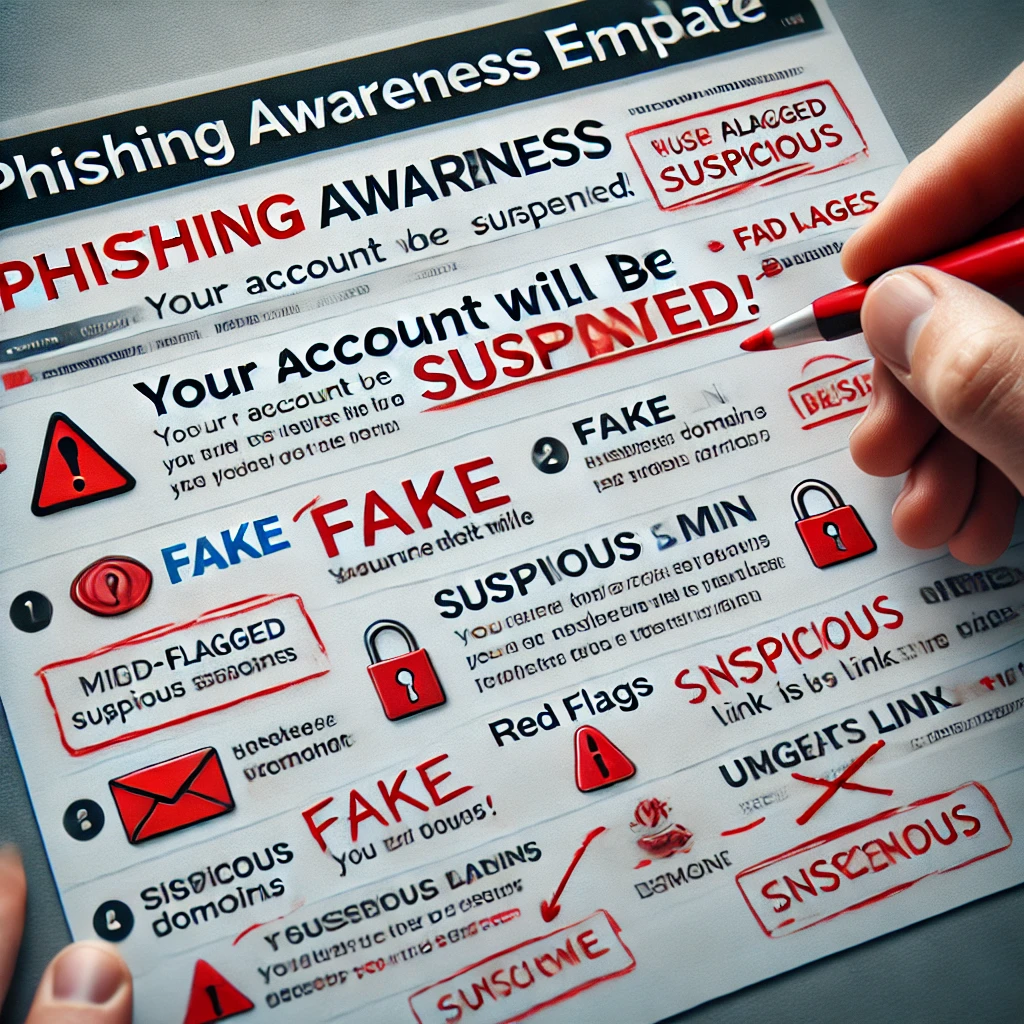At Owneso Legal Consulting, maintaining the confidentiality and security of sensitive information is paramount—not just for our employees, but also for the clients who trust us with their legal matters. Phishing scams pose a significant risk to this trust, as they aim to exploit individuals for personal or organizational gain. Below is a guide tailored to safeguard our team and our operations from phishing threats across emails, calls, and other mediums, with a future-focused approach.
Understanding the Threat of Phishing Scams
Phishing involves deceitful attempts to impersonate legitimate entities to steal confidential data such as login credentials, financial details, or client information. As a legal consulting firm, we are prime targets due to the sensitive nature of our work. These scams can manifest via emails, phone calls, instant messages, or social media platforms.
Red Flags of Phishing Attempts
- Emails or Calls Demanding Urgent Action:
Claims of account breaches or time-sensitive legal requirements are common tactics. - Generic Greetings and Errors:
Fraudulent communications often lack personalization and include grammatical or spelling errors. - Unfamiliar or Misleading Senders:
Fraudsters may use email addresses or phone numbers that mimic legitimate ones (e.g., using slight misspellings). - Requests for Sensitive Data:
Reputable organizations and partners will never ask for passwords, OTPs, or legal client details through unsecured channels. - Unexpected Attachments or Links:
Attachments may contain malware, and links might redirect to fake login pages.
How to Protect Ourselves and Our Clients
- Verify Communications:
Always confirm the legitimacy of emails or calls before taking action, especially when they involve sensitive matters. - Rely on Secured Channels:
Use company-approved, encrypted tools for communication and data sharing. - Educate and Train Regularly:
Participate in cybersecurity training to stay informed about the latest phishing tactics targeting the legal industry. - Think Before Clicking:
Hover over links to check their destinations before clicking, and avoid downloading unsolicited attachments. - Implement Multi-Layered Security:
Use strong passwords, enable multi-factor authentication (MFA), and update systems regularly to close vulnerabilities.
Steps to Take If You Encounter a Phishing Attempt
- Do Not Respond:
Avoid replying, clicking links, or providing any information to the sender or caller. - Report Immediately:
Forward suspicious emails to the IT department or the designated security officer for analysis. For calls, note down details and report them. - Secure Your Accounts:
If you suspect a breach, change your passwords immediately and enable additional security features. - Inform Clients If Necessary:
In case client-related information is targeted, notify affected clients promptly, along with steps being taken to mitigate risks. - Scan Devices:
Run antivirus software to identify and remove any malware that may have been downloaded inadvertently.
At Owneso Legal Consulting, protecting our people and our clients from phishing scams is integral to our operations. By staying vigilant, informed, and proactive, we can safeguard not only our immediate interests but also the trust that forms the foundation of our legal practice.


